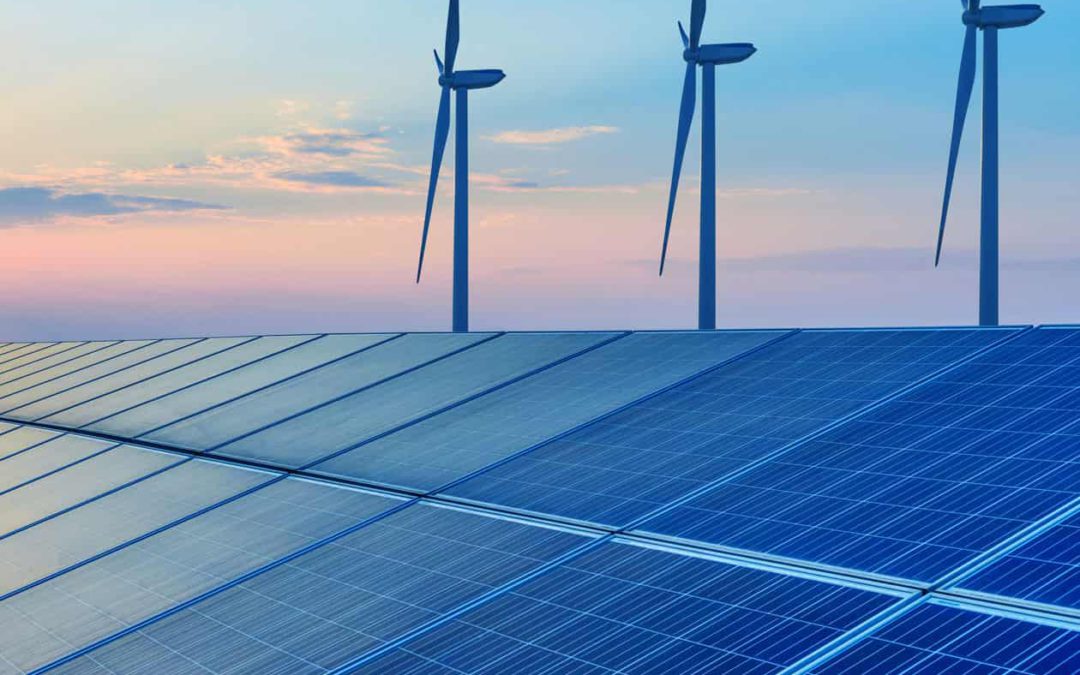
From coal, oil and natural gas to hydroelectric, wind and finally solar energy, there is a wide range of options available when it comes to powering your home. Diving into the pros and cons of each will help you make an educated decision about how you choose to source your energy and ultimately help you strive to own a solar powered house.
Coal
One of the most common energy sources in the country is coal. Natural deposits of the fossil fuel are found and mined along the Appalachian Mountains in the eastern United States. Despite its abundance and therefore its assumed cost effectiveness, coal is one of the most damaging fuels to burn when it comes to the environment: its combustion releases sulfur dioxide and nitrous oxide into the atmosphere and causes issues like acid rain, smog and haze as well as respiratory illnesses and lung disease. Additionally, a recent study from the Institute for Energy Economics and Financial Analysis published in USA Today found that coal is actually more expensive per kilowatt hour (3.2 cents) than wind and solar energy.
Oil and Natural Gas
Oil and Natural Gas are two other commonly used fossil fuels, and can cost anywhere from 5 to 15 cents per kilowatt hour depending on where you live. Although coal is still worse for the environment when burned, these fossil fuels are more detrimental in their own ways. Drilling for oil and gas disrupts the natural habitats of wildlife on land and in the oceans. It also raises issues like oil spills and air and light pollution in what would have otherwise been pristine natural environments.
Hydroelectric
Hydroelectric power is a generally good source of renewable energy costing around 5 cents per kilowatt hour. It also is able to supply massive amounts of power and keep up with high electricity demands. Despite this, environmental detriments like water pollution and aquatic wildlife disruption paired with a strong dependency on precipitation and weather patterns ultimately make it a less than reliable option for powering your home.
Wind
Wind energy is one of the cheapest renewable energy options available. Costing as little as 1 cent per kilowatt hour, it’s a popular choice among those looking to reduce their carbon footprint. However, each turbine’s ability to generate electricity depends entirely on the weather, and if wind speeds are too low, the turbine won’t spin at all. Additionally, while wind turbines are an efficient use of land, they aren’t always the most profitable, and there also tends to be community pushback regarding the aesthetics of a large turbine.
Solar
Commonly thought to be an unreasonably expensive power source, the cost of solar power per kilowatt hour has dropped from 28 to just 6 cents in the last three years, and continues to fall. An average solar panel can produce up to 850 kWh per month, just meeting and at times even surpassing average household energy consumption (around 875 kWh per month). Studies show that solar is now the most cost effective way to produce energy, not only in the country but in the entire world. While sunshine depends on weather conditions, strategic installation of solar panels in states like Florida, California and even Massachusetts make best use of the abundantly available resource. While solar panels are visible, they are not as aesthetically dissonant to communities as wind turbines, and the panels can be worn as a badge of honor for your eco-friendly and sustainable solar powered house. Solar panels require little to no maintenance and last over 25 years, making the one-time cost and effort of installation an investment that pays off for decades to come.
For more information about solar panels, visit the Boundless Learning Center or speak to one of our experts. If you’re ready to install a system and create your own solar powered house, request a quote today.
Contact Us

